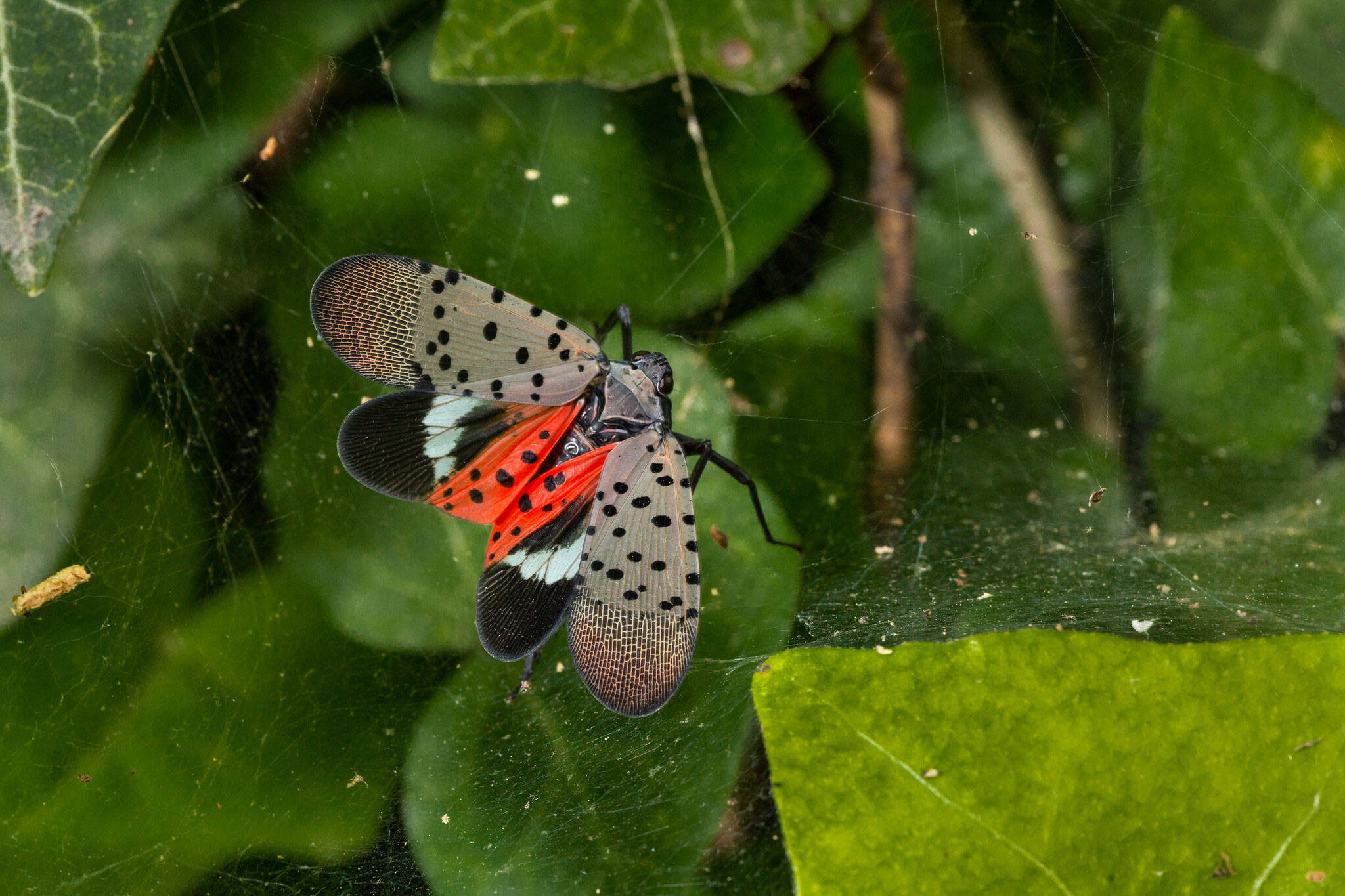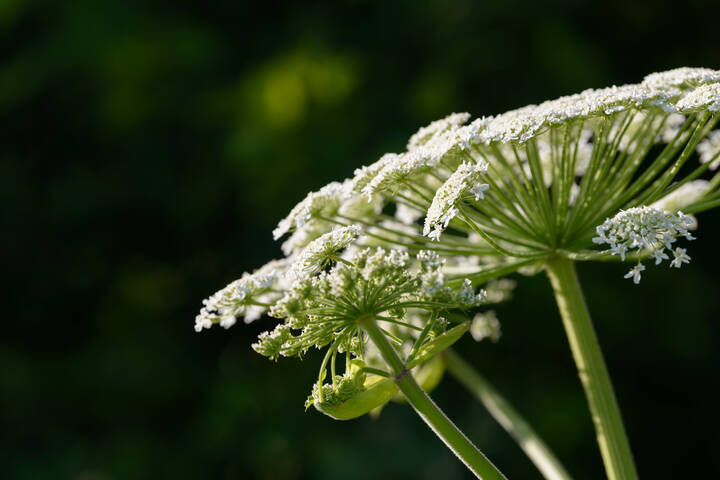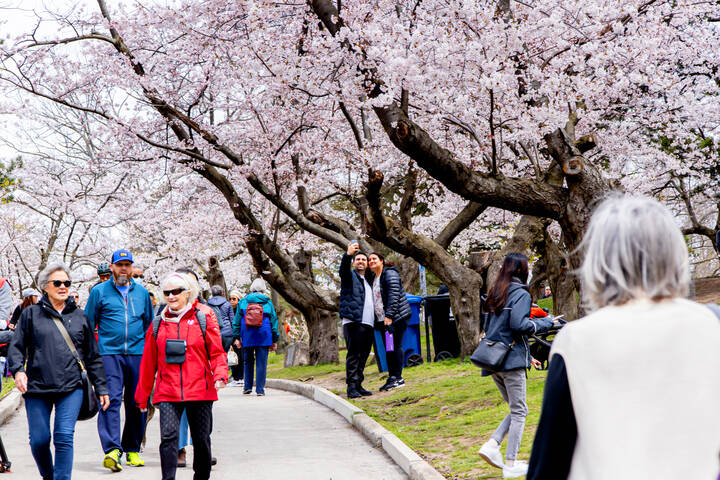
An invasive insect is threatening the destruction of a major Ontario industry
It may look like a harmless bug on the surface, but a plant-hopping insect recently found just beyond Ontario's borders threatens a potentially devastating invasion capable of crippling the province's thriving wine industry.
An invasive insect known as the spotted lanternfly is now present in New York State, putting the creepy crawlies on the doorstep of Niagara Region and Ontario's wine country, where they have the potential to cause unprecedented damage to a key economic engine of the region.
Native to China and now quickly spreading across Asia and the U.S. via accidental introduction, the spotted lanternfly (or Lycorma delicatula) feeds on a range of plants, ranging from the funky-smelling trees populating Toronto streets to the grape vines covering sprawling winery fields in Niagara Region.
The spotted lanternfly was first detected in the U.S. in 2014, and is estimated to have arrived two years earlier. It established a presence in Pennsylvania and has since spread to a dozen confirmed U.S. states.
There have been no confirmed reports in Ontario or anywhere else in Canada just yet, but it seems that this invasion is inevitable, and more a question of when than if.
Its diet of plant matter, including tree and vine sap, has already resulted in losses amounting to hundreds of millions of dollars in agricultural industries.
When making their home in vineyards, the pests drain grape vines of their sap, causing the vines' collapse, which means lost revenue for winemakers and less local wine for the masses, depending on how you choose to look at the looming agricultural crisis.
The spotted lanternfly is a colourful and distinctive pest.
— Canadian Food Inspection Agency (@InspectionCan) March 1, 2022
It has not been found in Canada, but is considered a risk and is in close proximity. Learning to identify this insect in its egg mass stage is so important. #InvSpWk (1/3) pic.twitter.com/2BWudYX1rc
So what should you do if you see one of these insects?
Well, if you're reading this pre-invasion and think you may have spotted the first wave, you will need to collect evidence like photos or bag the insect and report it to the Canadian Food Inspection Agency.
The agency warns that "if you think you have found the spotted lanternfly pest or egg masses in Canada, scrape them into a sealable container and immediately notify the CFIA."
The CFIA also recommends that people regularly inspect items stored outdoors, and that travellers passing through infested areas should check vehicles before returning to Canada.
If you're reading this and the spotted lanternfly has already been identified by authorities in Ontario, it is your duty as a protector of the environment to send it to shoe-crunching oblivion with a quick and decisive squish.
When out hunting for these invasive critters, you'll want to look for their key distinguishing features; one inch-long, black and grey spots, and bright red patches only when the wings are open.
The bugs themselves are fairly easy to identify, but their egg masses aren't so obvious. They are described as small, brown stacks covered in a sludge-like secretion, and can be found on tree bark, stones, or even human-made surfaces.
The CFIA warns that even though these egg masses are laid in late summer (oh god, oh no, that's now) they can actually survive harsh winter temperatures only to emerge in the spring.
If you do manage to identify a spotted lanternfly egg mass, they can be neatly and easily dispatched using just a quick spray from that bottle of hand sanitizer you keep handy.
Squishing spotted lanternflies and dousing their young with alcohol may seem a bit harsh, but it's the responsible thing to do.
One New York teenager even made headlines in mid-August with their bug-crushing campaign, so wear those bug remains on the bottom of your shoe with pride.
Latest Videos
Latest Videos
Join the conversation Load comments







